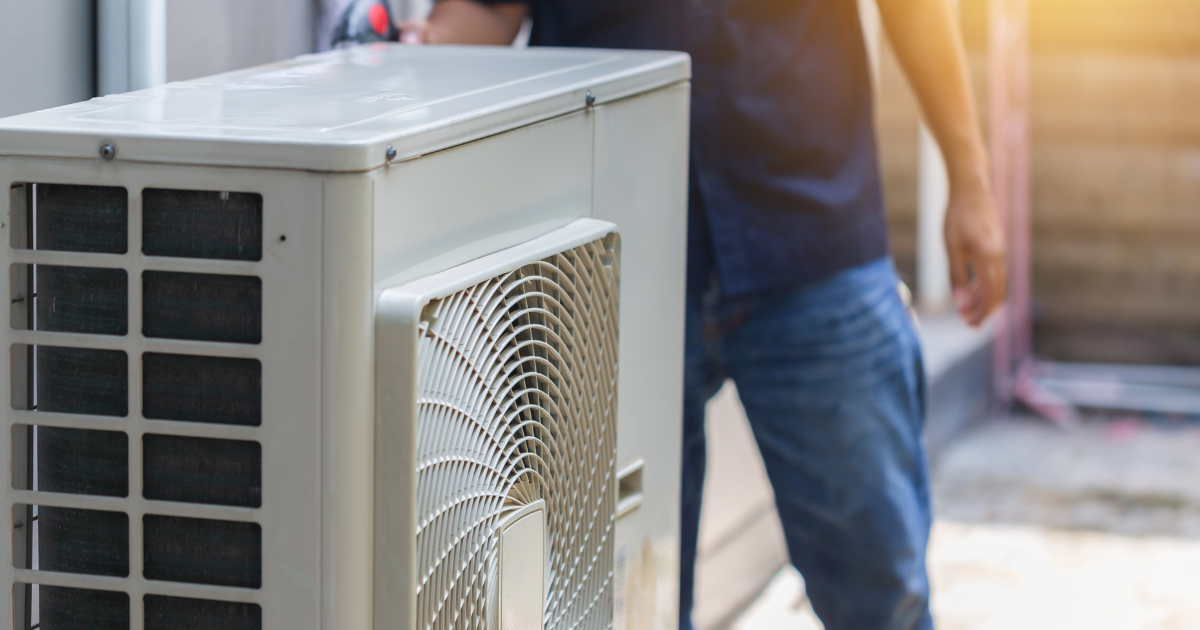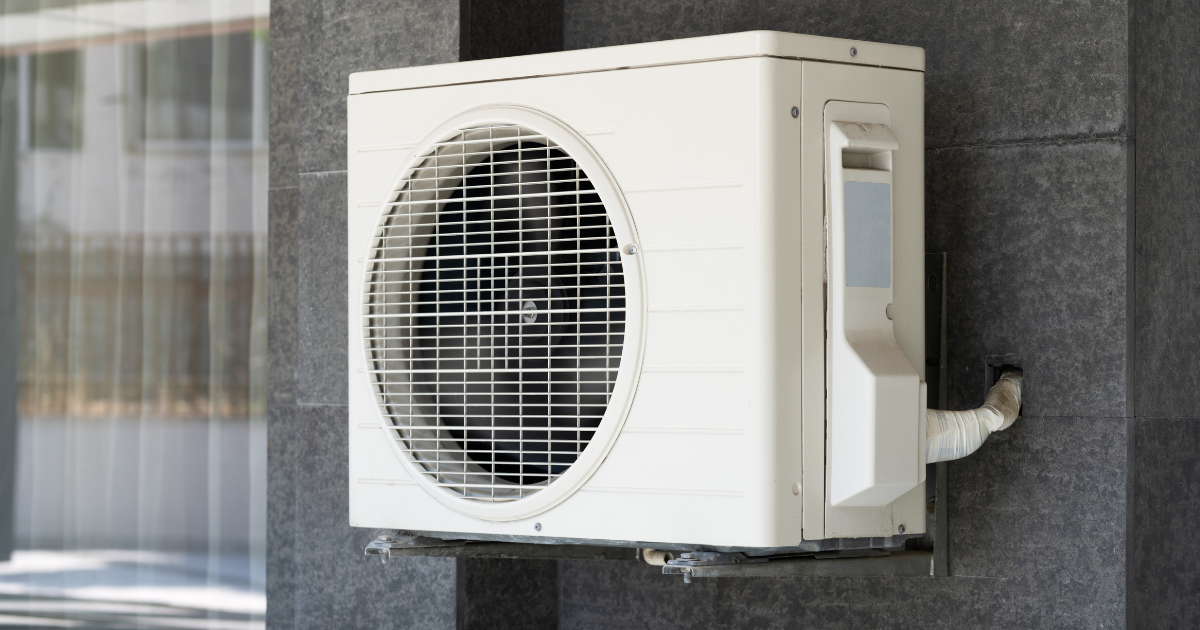How to Save Money by Adjusting Your Thermostat Settings
It’s a rare day when we are not interested in finding additional ways to save money. From clipping coupons and buying generic home goods to curbing shopping sprees and holding off on that luxurious vacation, there is always a way that we can cinch up our belts and squeeze a little more savings out of our daily lives. But, not all attempts to save money and pinch pennies have to be so difficult. With a little bit of finagling we can curb the exodus of our cash just by making a few adjustments around the house.
A household’s heating and cooling charges are often the largest portion of your monthly utility bill. By making small adjustments to lower your usage while you are asleep, at work, or away on vacation, you can keep all the benefits of a comfortable home while saving some cash in the process.
Programmable Thermostats
Programmable thermostats are a great way to automatically adjust your home’s heating and air-conditioning throughout the day. By implementing a schedule that lowers the heat or air conditioning during specific hours, you can remain comfortable and still preserve the bulk of your paycheck.
There are many types of programmable thermostats on the market. Some are digital, some are eletromechanical, and others are a combination of both. Digital thermostats often provide the broadest array of options, but can be complicated to operate. For best results, find a thermostat that is straightforward in its operation and allows you the opportunity to get the most out of your home climate management.
In addition, be sure to locate your thermostat in an open area. Install your thermostat in a location where it is away from direct sunlight, drafts, windows, large obstructive furniture, or any other impositions that might throw off the reading.
Utility Bill Savings
Doing a self-check is also a great means by which to manage your utility bill. During the winter, are you ripping off your sweater the second you walk in the door? Alternatively, are you keeping your home as chilly as a supermarket frozen section during the summer?
For the most efficient energy-savings, the recommended setting for a thermostat is 78 degrees. You can achieve even greater savings by making further adjustments depending on the time of day or season of the year. For example, by simply dialing down your thermostat ten degrees for the eight hours you are asleep at night, you can save up to 15% on your heating bill. During the summer, you can save approximately six to eight percent off your home energy bill for every degree you raise your temperature above this recommended set point. This rule of thumb can be inversely applied to those colder months. In the winter, lowering your thermostat by 10 to 15 degrees for at least eight hours a day can help you reduce your energy bill by five to 15 percent. If the cold is too much to bear, consider increasing the humidity of your home’s environment to assist in providing a sense of warmth. Or don extra clothes, pull out those blankets, and check all your windows and doors for drafts.
By simply lowering your air conditioning during hours you are not at home or not awake, you can cash in big on savings.
With just a few changes to your home’s thermostat, you can shave a significant amount of money off of your utility bill, all without having to sacrifice your comfort. Saving money can be as simple as switching out your thermostat and programming your home’s climate to keep you perfectly comfortable.

Bob Jenson
For over 45 years, Bob Jenson has been providing quality heating and air services to the San Diego community.
Request Service
Please fill out the form below to request an estimate or schedule service.
"*" indicates required fields







